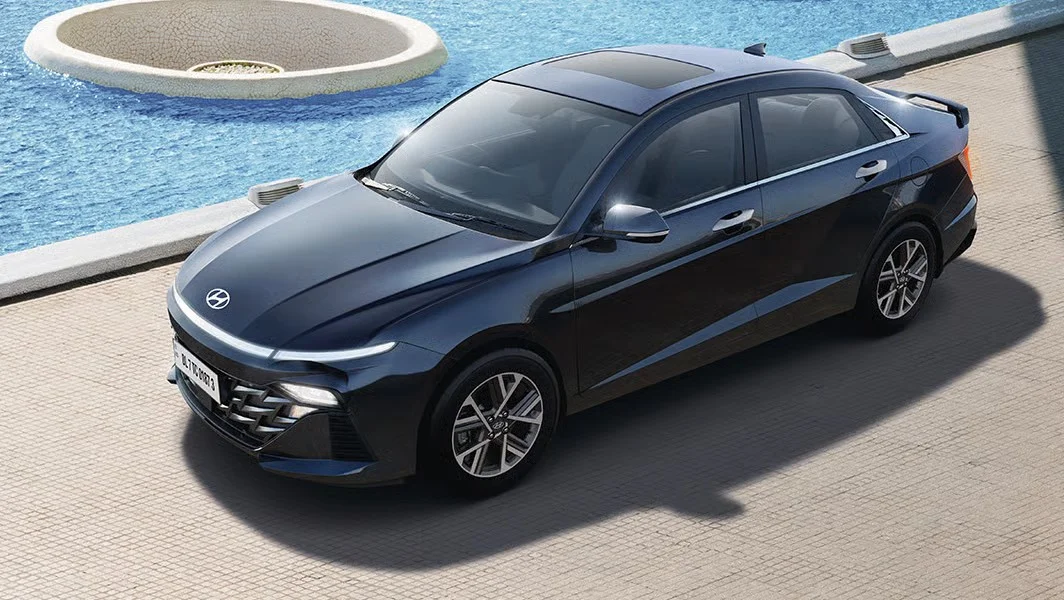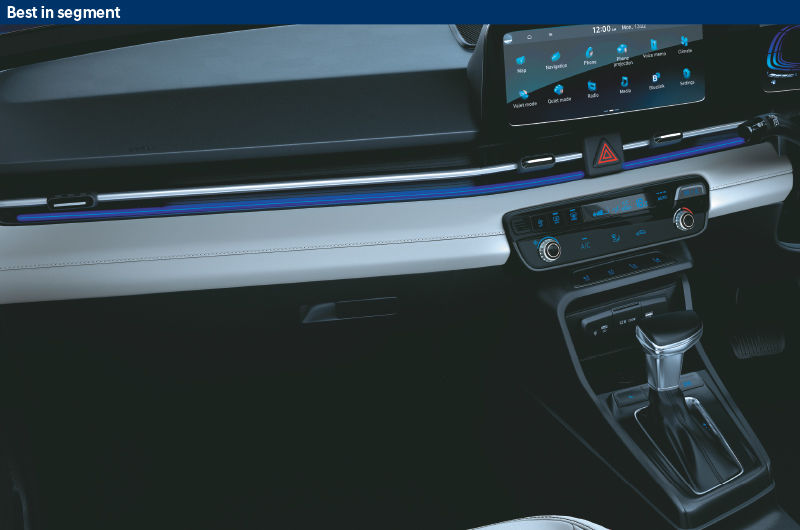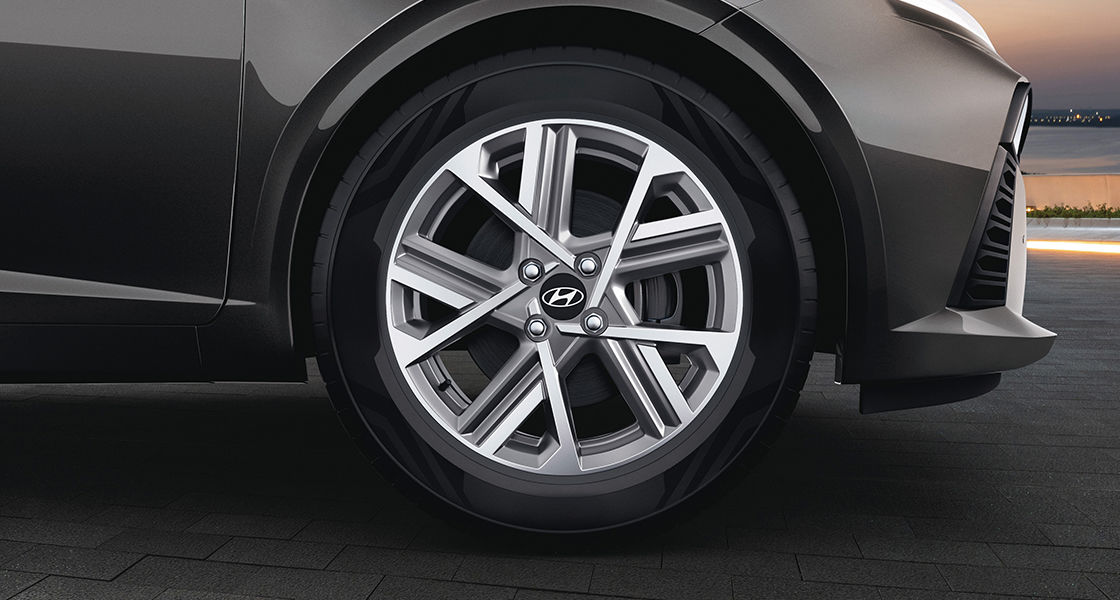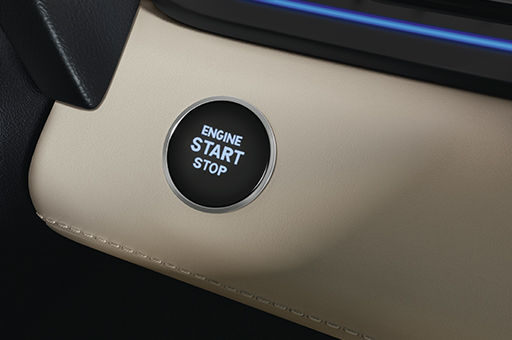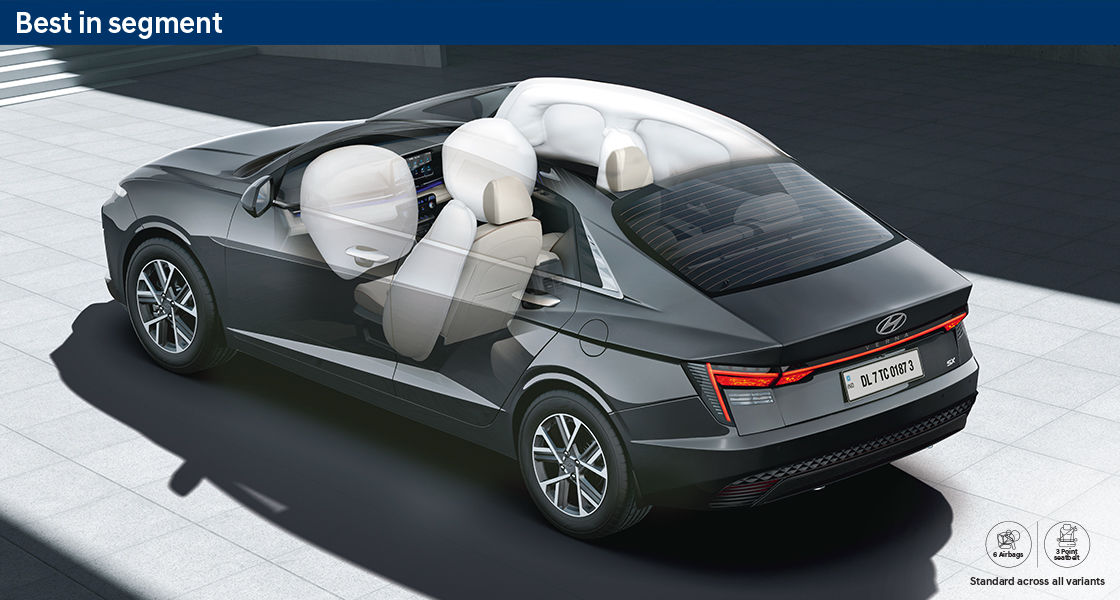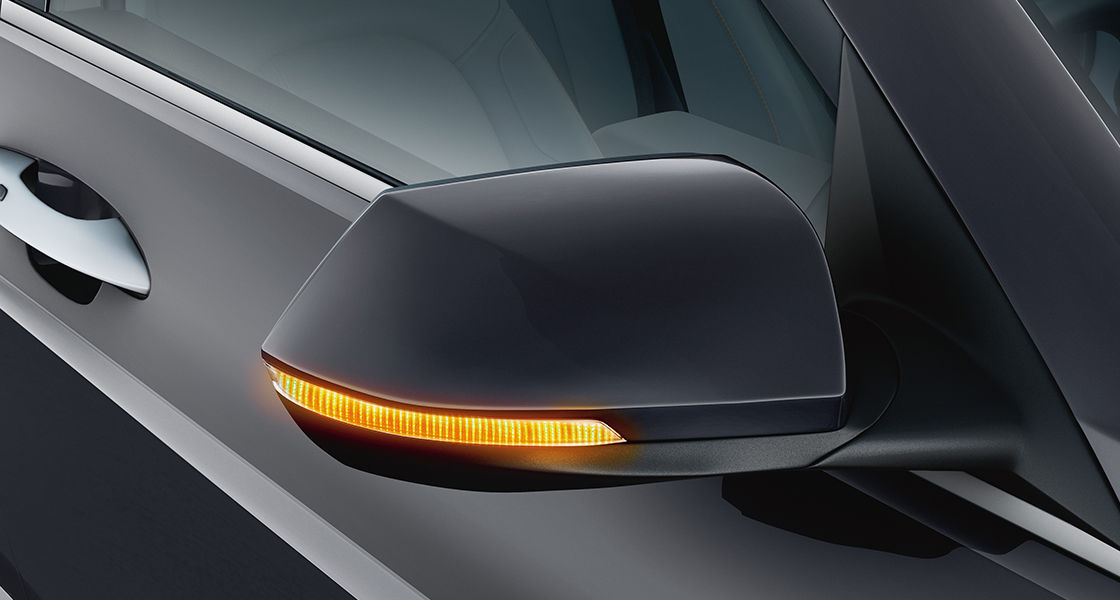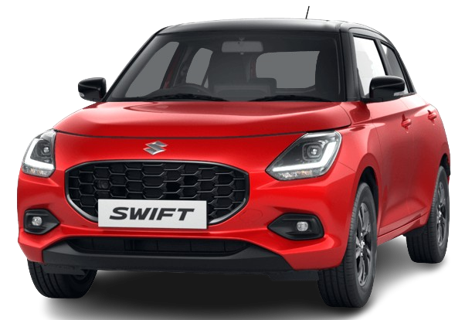Is Verna a family car?
Yes, the Hyundai Verna is considered a family car. It is a mid-sized sedan that offers a comfortable interior, ample cabin space, and a range of safety features, making it suitable for family use. Its blend of performance, comfort, and practicality ensures that it meets the diverse needs of a family vehicle.

